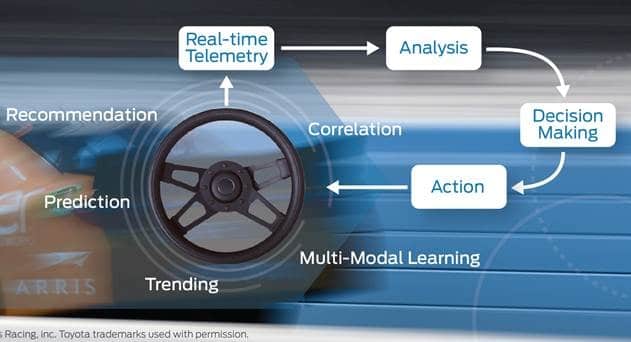Telefónica and Juniper Networks announced a collaboration to develop a predictive autonomous network that adapts in real time to its environment.
Dubbed as a Self-Driving Network, this would be the next iteration of Telefónica's Fusión Network (in which Juniper is a key partner), the platform built to drive digital transformation for its customers across Spain.
To further improve the quality of services offered to Telefónica customers, this project will see the development and implementation of new tools and processes. The goal is to evolve Telefónica's infrastructure into one that can self-analyze, self-discover, self-configure and, ultimately, self-correct.
This means that the detection and correction of network faults and anomalies will occur before they impact services and the customer experience. Similarly, this approach will help to improve the rapid, reliable mitigation of cyberattacks. It is expected to accelerate the speed of business and result in lower operating costs alongside improvements in security, reliability and resilience.
The journey of making this vision into a reality will be marked by several key milestones in which Telefónica will test several tools:
Automation: Juniper Extension Toolkit (JET) covering all phases of network design, construction, provision and operation implemented with the extensive use of APIs and programming tools to deliver more programmatic interaction.
Analysis: Junos Telemetry Interface and other resources required to accelerate the use of advanced telemetry to collect the data needed to detect the state of network resources and services. This includes capacity analysis, scenario simulation and detection, as well as prevention of network incidents.
AI/Machine Learning: The final phase will be the introduction of control systems capable of exploiting real-time telemetry information and analysis tools. This will enable the network to suggest or even take actions appropriate to the demand and its state.
This Self-Driving Network will use machine learning and artificial intelligence for the early detection of incidents and anomalies so that their correction is carried out before they impact performance or services.
Joaquin Mata, CTO, Telefonica Espana
The adoption of machine learning, artificial intelligence and control systems will act to guarantee latency, speed and other relevant parameters are monitored, analyzed and addressed before they impact the performance of our network.
Kireeti Kompella, CTO of Engineering, Juniper Networks
Telefónica inherently understands the need for a network that analyzes network conditions, diagnoses faults and security breaches, and proactively takes remedial action, all without human intervention. This helps eliminate the complex programming and management tasks required today to run a network and will free up IT staff to innovate new services.




















